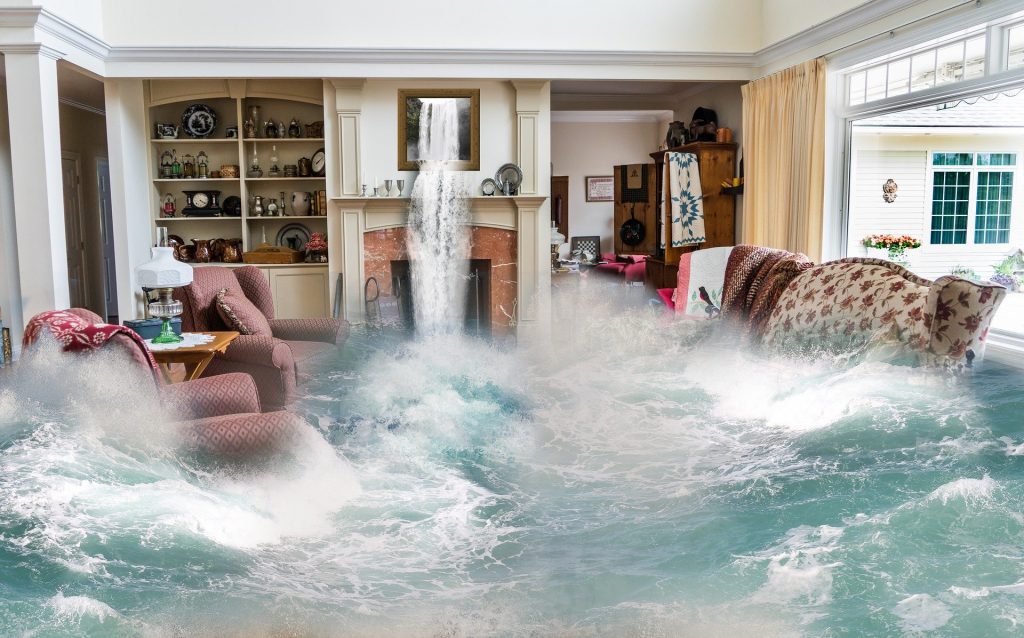
A safety switch (or disconnect) monitors the electric current in various applications. They are used with major industrial machines such as conveyor belts, line equipment, heavy appliances, and whole-system electrical protection. You may need to disconnect your equipment from the electrical supply for repairs, maintenance, or emergencies. Safety switches monitor the current and detect faults…
Read more
For many people, technology is the center of their attention span. Between televisions, computers, smartphones, ovens, dryers, tablets, security systems, dishwashers, etc., many aspects of our lives are assisted by an electronic device. As people expand the number of devices they own, power protection should increase as well. When they suddenly stop working, it can…
Read more
April showers lead to May…electrical equipment damage? Springtime can bring damaging thunderstorms and flooding. In the typical rainy season throughout the United States, flooding is a byproduct. Determined by the Federal Emergency Management Agency, flood zones are mapped out based on drainage characteristics, grading, and buildings in the area. Flood exposure depends on whether the…
Read more